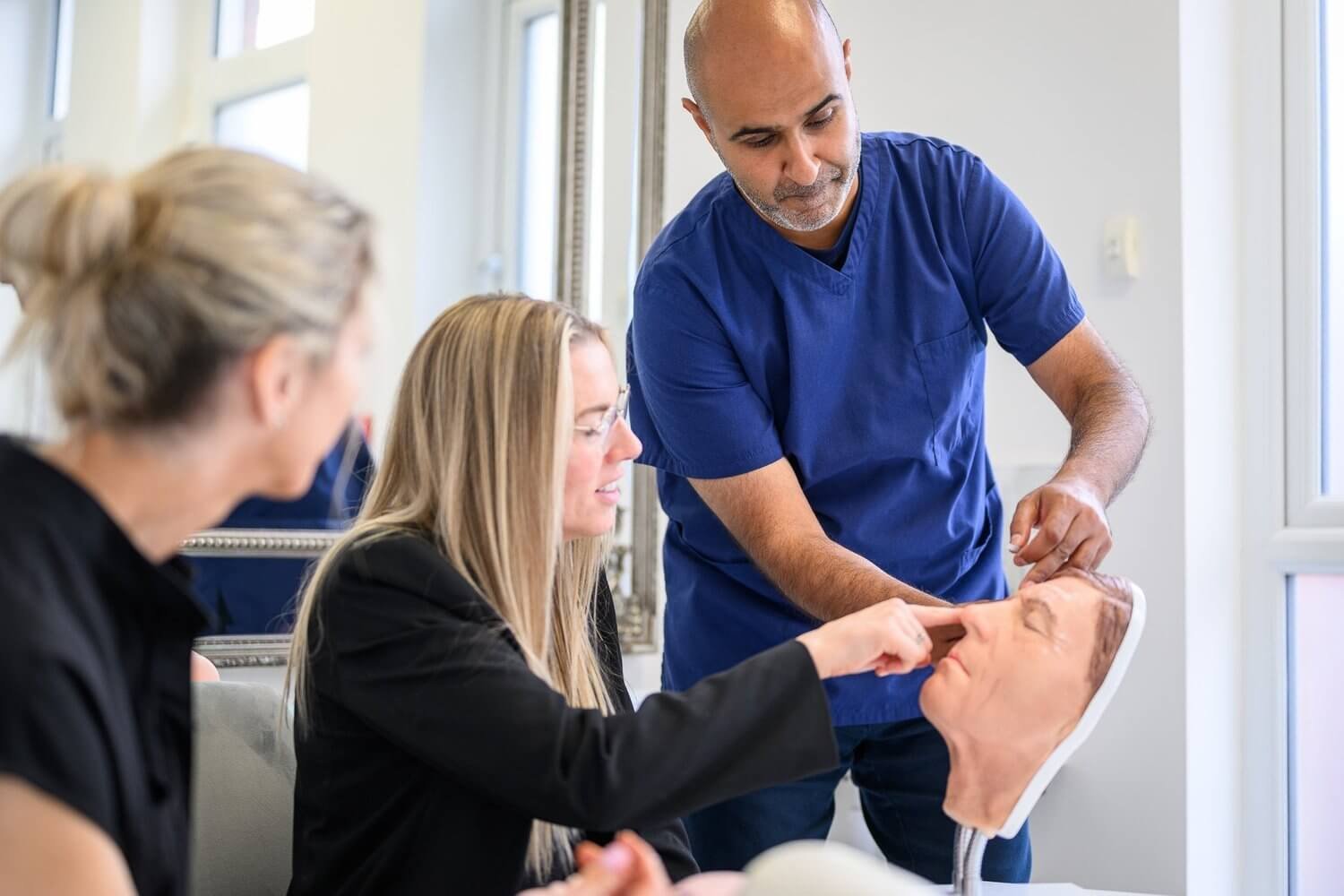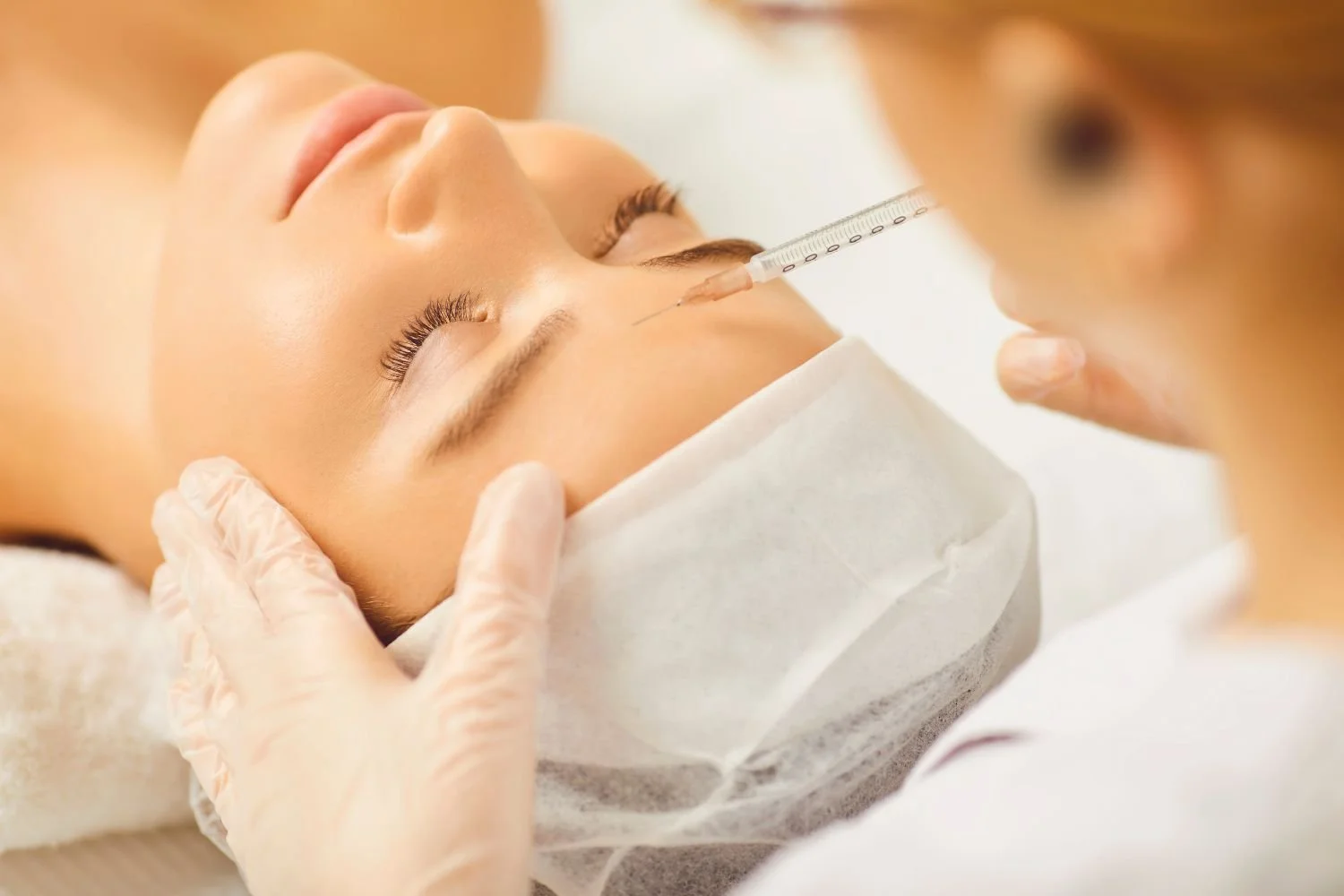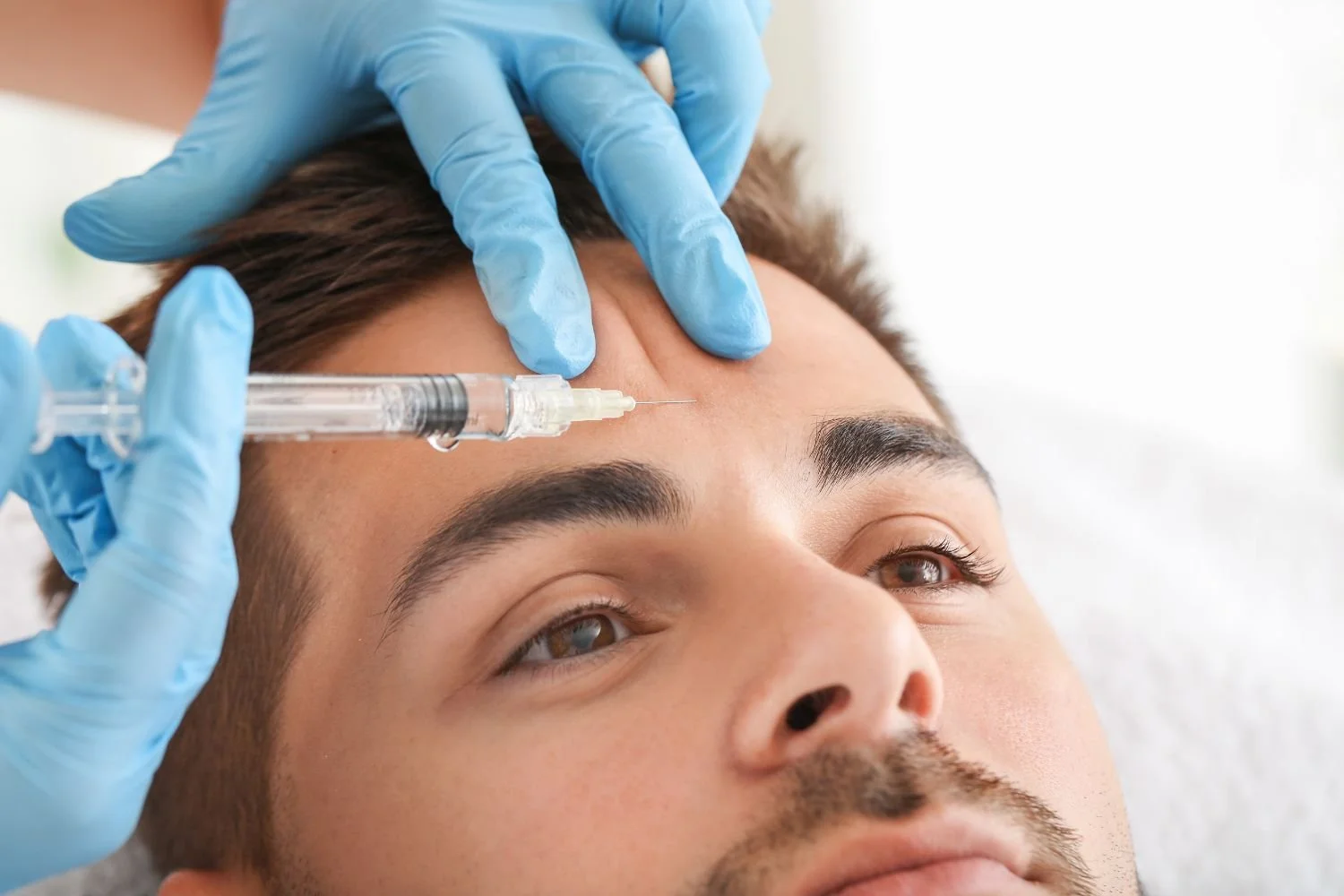How to Become an Aesthetic Nurse in the UK?
If you're a registered nurse in the UK and thinking about a new direction, aesthetic nursing might be the change you’re after. But how to become an aesthetic nurse, exactly? This is what we’re going to discuss in this guide.
Before starting the process, you need to know what you will go through. The training and what to expect when working in aesthetics. Of course, it can be rewarding both personally and financially, but what is the best path to take when considering this career.
What Does an Aesthetic Nurse Actually Do?
As an aesthetic nurse, most of your work is focused on non-surgical cosmetic treatments. The most common include injectables like Botox (also called Botulinum toxin) and dermal fillers.
You need to assess the client’s face, understand exactly what they want and need, and use your medical judgment to treat them safely. It’s not just about injections. You will help make subtle changes for people feel better in their skin.
Do You Need to Be a Nurse First?
Yes. You must be a registered nurse to offer aesthetic treatments legally and safely in the UK. This is why our aesthetic courses for nurses are only for registered professionals.
That means you need a nursing degree as well as an active registration with the Nursing and Midwifery Council (NMC). Accepted fields include Adult Nursing, Mental Health, Learning Disability, and Children’s Nursing. Without this foundation, you can’t access proper training or insurance.
How to Become an Aesthetic Nurse Step-by-Step
You’ll need proper qualifications, clinical experience, and the right training. But if you take it one step at a time, it’s completely doable and worth it if you enjoy patient care, just in a more artistic way.
Here are the steps you must take one by one, including a Botox training for beginners.
1. Get Your Nursing Degree
Everything starts with becoming a qualified nurse. As mentioned above, you need to complete a nursing degree that’s recognised by the Nursing and Midwifery Council (NMC).
Most courses in the UK take three years. Those include both classroom learning and clinical placements. There are specific fields to pick, such as Adult, Mental Health, or Children’s Nursing.
Pick the one that fits you best. However, know that most aesthetic nurses come from adult nursing backgrounds. Once you graduate, you're eligible to apply for your NMC pin, and that’s your way to practice legally.
2. Register with the NMC (Nursing and Midwifery Council)
Your NMC registration is your professional license. Without it, you can’t legally work as a nurse in the UK, let alone move into aesthetics.
You’ll need to submit your qualifications, complete an identity check, pass a health and character declaration, and pay an annual fee. You also need to revalidate your registration yearly. That includes CPD hours, reflective accounts, and confirmation from a professional peer.
This step proves you're safe to practice and committed to professional standards.
3. Get Some Real Nursing Experience First
Before starting your career in aesthetics, it’s smart (and often necessary) to get at least one year of clinical nursing experience.
Why? Because aesthetic treatments aren’t just cosmetic. They involve risks and require strong clinical judgment. Working on a hospital ward or in a GP surgery will sharpen your skills and improve your confidence. Needless to say, this is instrumental. Developing those soft skills in patient care enables you to manage a range of patients.
Clinics and aesthetic training providers also prefer nurses with frontline experience, because it shows you’re ready.
4. Choose the Right Aesthetic Training Course
Not all training is the same. Look for aesthetic courses that are CPD-certified or regulated by a recognised body or insurance group. For instance, at LW Aesthetics Academy , not only do we have many years of experience in aesthetics, we are also recognised as an approved training provider with Cosmetic Insure
Your first step should be foundation-level Botox and dermal fillers training. These are the most in-demand treatments, and where most nurses start. The best courses will include hands-on practice with real models, cover anatomy in detail, and teach you how to spot and manage complications.
We also offer Botox training for intermediate levels and training for advanced levels, which are more appropriate if you have a few years of experience already.
5. Get Prescribing Rights (or Work With a Prescriber)
You can’t legally buy or administer Botox unless it’s prescribed. You should start this next step by registering for the V300 Independent Prescribing course.
Once you've passed, you’re allowed to write your own prescriptions.
But this course requires experience and takes a few months to complete, so many nurses start by partnering with a prescriber. You book a consultation with them before treatment, and they issue the prescription. We also offer a Prescribing clinic for non prescribing delegates that have been on our courses. More information will be provided on this in the coming weeks.
It’s a legal workaround. However, eventually, getting your own V300 gives you more freedom and control over your business.
That being said, for the time being, you can offer other services, such as hyaluronic fillers. We provide lip augmentation training, as well as a dermal filler course for beginners, which we recommend checking out, as we cover all the details you should learn.
6. Sort Out Your Paperwork
The paperwork part is never exciting, but it’s important. Before you treat any client, you need the right insurance. We’re talking about medical indemnity, complications cover, and public liability as a minimum.
You also need to set up client consent forms, treatment records, and data storage that complies with GDPR.
If you're starting on your own, you can register your business properly (sole trader or limited company). Then, understand your banking and tax obligations. If anything goes wrong (unfortunately, things can), this will protect you and your clients.
7. Start Practicing (Safely and Legally)
Once you have got the qualifications, you’re insured, and the setup is in place, you’re ready to treat clients. You can start by joining a clinic that offers aesthetic services, or you can start your own. Note that joining a clinic at first helps you learn from others and build experience. So this is the preference for many.
If you’re starting your own, however, make sure your clinic space is clean, private, and meets health regulations. It also helps to register with a professional body like Save Face. It’s a register for aesthetic practitioners approved by the UK government.
Other than Botox, you can also learn a few techniques. We suggest looking into jaw and chin filler training and our own Blanching technique, which is unique in the UK.
8. Keep Learning and Growing
The aesthetics industry moves quickly. What’s trendy this year might be old news next year. That’s why ongoing refresher training matters.
Once you’re done with Botox and basic fillers, you can expand into more complex areas. For instance, tear troughs, jawline, chin, temples.
You can also branch into treatments like skin boosters, threads, PRP, and laser work. Attending masterclasses, conferences, and refresher days will help you stay up to date, and that again, is extremely important. Clients notice when you’re up to date and it ultimately shows in your results.
FAQs About Becoming an Aesthetic Nurse
It’s normal to have a few questions if you’re just considering an aesthetic training. It’s a growing field and there’s some confusion around the process and legal requirements. Here are some common questions that we often receive and that you may find helpful.
Do I Need to Be a Prescriber to Offer Botox or Fillers?
It’s not necessary. However, you do need a prescriber to work with. Botox is a prescription-only medicine, and for this reason, you can’t get it without one. If you’re not a prescriber, you must partner with one. Many new nurses do this until they complete the V300 and get prescribing rights themselves.
How Long Does it Take to Become an Aesthetic Nurse?
It all depends on where you're starting. If you’re not yet a nurse, it will take 3 years for your degree plus experience. If you’re already registered, you can take a basic aesthetic course in just one day. That being said, realistically, building skill, trust, and a steady income can take several months or even a few years.
Can I Do Aesthetics Part-time While Still Working for the NHS?
Absolutely. A lot of nurses start this way and it’s a smart plan. You remain stable with your NHS job while building experience and confidence until you’re ready. Just make sure your employer knows (you can check your contract), and that your work stays compliant and insured.
How Much Does Aesthetic Nurse Training Cost?
Basic Botox and filler training range from £500 to £2,500 and more. The price depends on the provider. At LW Aesthetics Academy, we charge £499 per course, with a duration of 8 hours.
Advanced courses cost more. Prices vary based on class size, how much hands-on practice you get, and who’s running it.
Final Thoughts: Is Becoming an Aesthetic Nurse Worth It?
For many nurses, it is worth it. It’s a fresh challenge, better work-life balance, and often better income. But it comes with responsibility.
You need training, clinical skill, business sense, and you need to be patient. The industry isn’t regulated yet, so clients are looking for safe and trustworthy professionals. If you’re serious about doing it right, there’s room for you.







